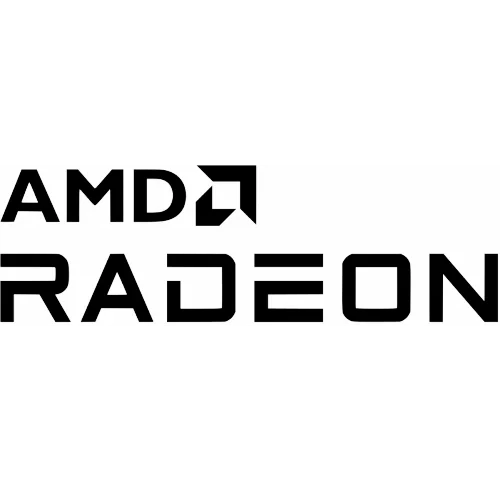AMDGPU DC Seeing Work On "Seamless Boot" Functionality

Queued yesterday into the drm-next-5.1-wip branch for the AMDGPU Direct Rendering Manager driver are several patches mentioning "seamless boot" functionality within the Display Core "DC" code.
In particular, the interface to check if timing can be seamless and add seamless boot flag to stream. The work is about trying to enhance the transition from the initially programmed graphics mode if it matches what the DRM/KMS driver was going to program at initialization time, in order to avoid that unnecessary work if the modes would match. If it doesn't match, then obviously it would need to go ahead with the whole mode-setting process from the start but otherwise could skip some redundant operations.
This appears to be along similar lines to Intel's Fastboot work that has long been part of their kernel driver but only set to be enabled by default with Linux 5.1 (for Skylake / Valleyview / Cherry Trail and newer) to avoid unnecessary mode-set operations at boot time in order to provide an ideally flicker-free and smooth boot process.
But the AMDGPU DC "seamless boot" support at this point doesn't appear to be a full equivalent to Intel Fastboot, though hopefully it will continue along a similar trajectory. Should it all end up panning out, this would allow Radeon GPUs to enjoy a very sleek boot experience on the likes of Fedora who have worked to enhance the boot experience albeit for now is limited to Intel graphics while also depending upon tighter integration with the GDM log-in manager, Plymouth boot splash screen, the assumption of UEFI, and other polishing they've done to the desktop Linux stack.
19 Comments

